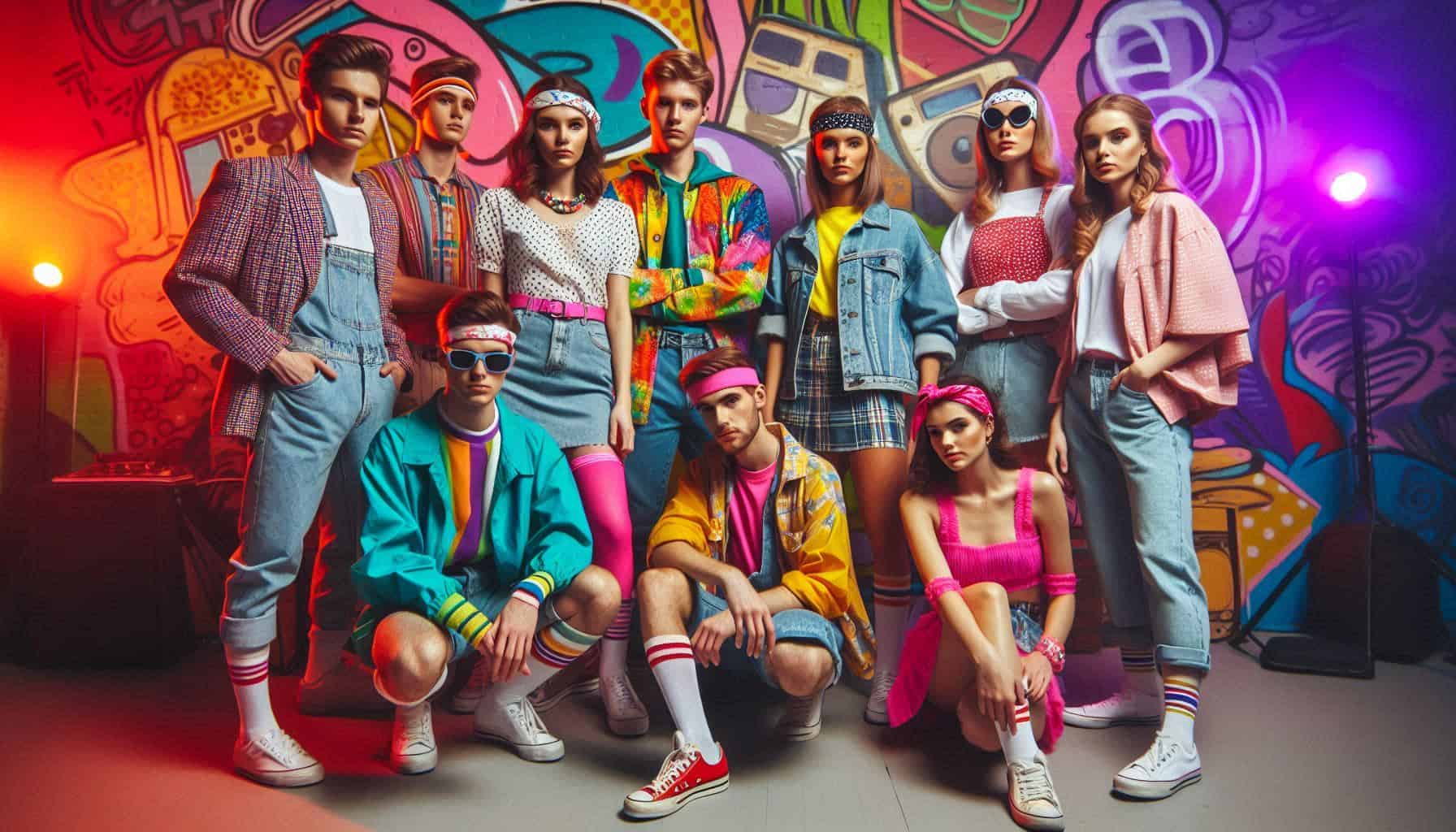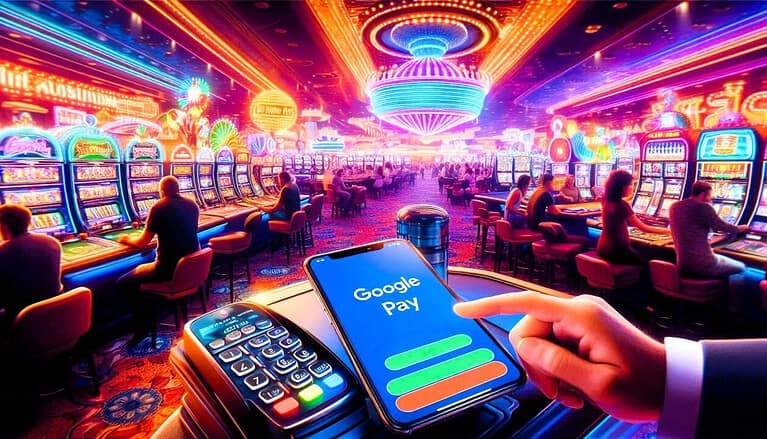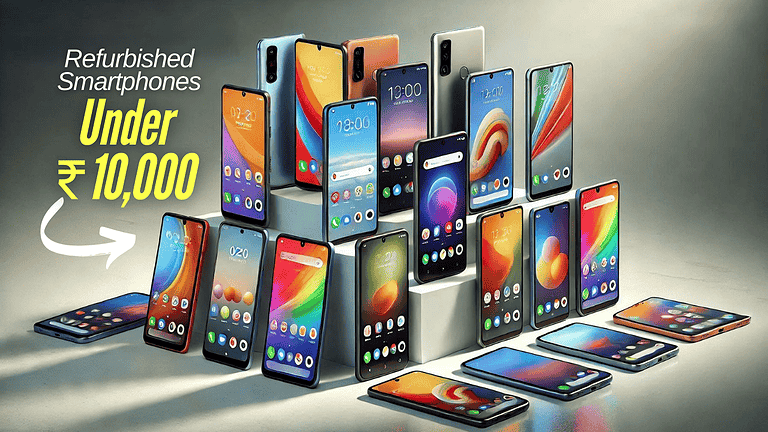Step into any trendy neighborhood, and you’ll spot Gen Z rocking vintage band tees, carrying flip phones, and hunting for vinyl records. This isn’t just a passing fad – there’s fascinating psychology behind why today’s most tech-savvy generation is falling head over heels for all things retro.

The Digital Paradox
Growing up in an ultra-connected world has led many Gen Zers to yearn for simpler times they never actually experienced. While smartphones offer endless entertainment, there’s something magical about the physical click of a Polaroid camera or the crackle of a vinyl record that digital just can’t replicate. Research shows that this generation spends an average of 9 hours daily on digital devices, making their attraction to analog experiences a natural counterbalance.
Seeking Authenticity in a Filtered World
In an era of perfectly curated social media feeds, retro items offer something refreshingly real. Whether it’s the imperfect sound of cassette tapes or the grainy quality of disposable camera photos, these “flaws” represent authenticity in a world that often feels too polished. Social psychologists have noted that this pursuit of authenticity is a direct response to the perceived artificiality of digital life.
The Comfort of Analog
Psychologists have noted that physical and tactile experiences trigger stronger emotional responses than digital ones. When Gen Z picks up a vintage Walkman or browses through old magazines, they’re not just using objects – they’re engaging in a multisensory experience that provides a break from screen-based living. This tactile engagement activates different neural pathways, creating more memorable and meaningful experiences.
Connection to Simpler Times
While Gen Z didn’t experience the 80s or 90s firsthand, these eras represent a perceived golden age of less complexity. The resurrection of mom jeans, bucket hats, and analog technologies reflects a desire to connect with a time when life seemed more straightforward and less overwhelming. Cultural historians point to similar nostalgic revivals throughout history, often occurring during periods of rapid technological change.
Creating Community Through Nostalgia
Retro trends have become powerful social connectors. From vinyl listening parties to vintage clothing swaps, these shared experiences help build communities in ways that digital interactions often can’t match. There’s something special about bonding over a shared appreciation for the past. Local vintage markets and record stores have become modern-day community centers for young people seeking connection.
The Sustainability Factor
This retro revival aligns perfectly with Gen Z’s environmental consciousness. By embracing vintage fashion and second-hand technology, they’re making a statement against fast fashion and planned obsolescence while celebrating the durability of past designs. Studies show that 73% of Gen Z consumers are willing to pay more for sustainable products, making vintage items doubly attractive.
The Economics of Nostalgia
The retro trend isn’t just cultural – it’s economic. The global vintage clothing market alone is expected to reach $64 billion by 2025. Vinyl record sales have seen double-digit growth annually for the past decade. This economic impact has led major brands to release retro-inspired products, from clothing to electronics, capitalizing on the generation’s hunger for nostalgia.
Digital Meets Retro
Interestingly, Gen Z isn’t completely abandoning modern technology in favor of the old. Instead, they’re creating a unique hybrid culture where vintage aesthetics meet digital platforms. Think vinyl collections showcased on Instagram or thrift-store hauls shared on TikTok. This blend of old and new demonstrates their ability to cherry-pick the best of both worlds.
The Psychology of Choice
Psychologists suggest that the retro trend represents more than just aesthetic preferences. It’s a form of control in an increasingly uncertain world. By choosing when to engage with vintage items and when to use modern technology, Gen Z exercises agency over their experiences in a way that purely digital life doesn’t allow.
Looking Forward by Looking Back
As we rush headlong into an increasingly digital future, Gen Z’s embrace of retro trends isn’t just about aesthetics – it’s a complex psychological response to modern life. By bringing back these pieces of the past, they’re creating a unique cultural blend that honors history while forging their own path forward. This movement suggests that in our quest for progress, sometimes the best way forward is to take a thoughtful look back.
Visit Blogsweneed for more content and articles like this.

Hi, I’m Nathan Cross, a writer and avid reader who loves crafting articles for newspapers and online platforms. Words are my passion, whether I’m telling stories, sharing insights, or sparking conversations. When I’m not writing, you’ll find me lost in a book or out on the baseball field, enjoying the game that keeps me grounded. Writing, reading, and baseball—these are the things that define me.




